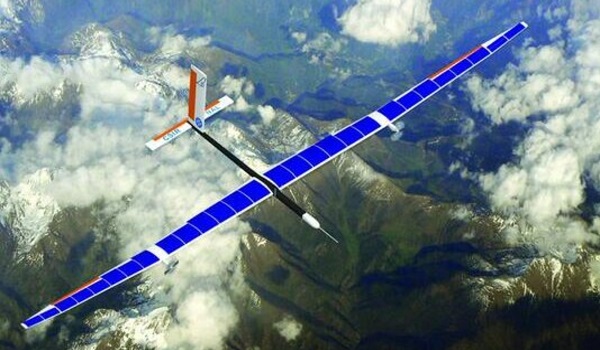HAPS, a prototype of the new generation Virtual Unmanned Aerial Vehicle (UAV) was successfully tested by Bengaluru-based National Aerospace Laboratories (NAL).
Main point
- It is different from normal UAV.
- Powered entirely by solar energy, this UAV can remain in the air for months.
- It can fly to a height of about 20 km from the ground.
- This class of UAVs is called HAPS or high-altitude virtual-satellite vehicle or HALE.
- NAL scientist Dr L Venkatakrishnan is leading the team developing HAPS.
- No country has yet mastered this technology.
- The world record for this category of vehicle is in the name of ‘Zephir’ manufactured by Airbus.
- It flew for 64 consecutive days until August 2022 before crashing.
Requirement of HAPS
The tasks that HAPS will perform are currently performed by common UAVs and satellites; But both have some limitations
1. General UAV-
- Typical UAVs or drones are mostly battery powered and cannot stay in the air for more than a few hours.
- These cannot do continuous monitoring very effectively.
- They fly at lower altitudes than HAPS, due to which they can monitor only a limited area.
2. Satellite-
- Satellites observe very large areas.
- Satellites located in low Earth orbits continuously revolve around the Earth.
- They cannot continuously monitor the target area.
- Geostationary satellites located at an altitude of about 36,000 km above the ground can continuously monitor an area.
- These are very expensive.
- These cannot be reused once used.
3.HAPS-
- HAPS aims to overcome the above mentioned shortcomings.
- HAPS may be more useful for monitoring.
- These work like geostationary satellites, but with added flexibility.
- These can be easily redeployed to another location.
- These can be retrofitted with a different payload, which is not possible with a geostationary satellite.
- These stratospheric vehicles are designed to roam in a certain area.
- These move slower than normal UAVs.
- Their speed is around 80-100 km per hour.
- Such a slow motion at an altitude of 20 km from Earth means that objects on Earth are not beyond its reach.
- It can easily monitor an area of more than 200 square km.
- It can also monitor an area of 400 sq km with 5 meter resolution.
- The prototype developed by NAL had spent eight and a half hours in the air in February 2024.
- NAL is planning to develop HAPS with minimum 24 hours flying time in March, 2024.
- NAL is striving to build the full-scale vehicle by 2027, which will remain in the air for 90 continuous days.

